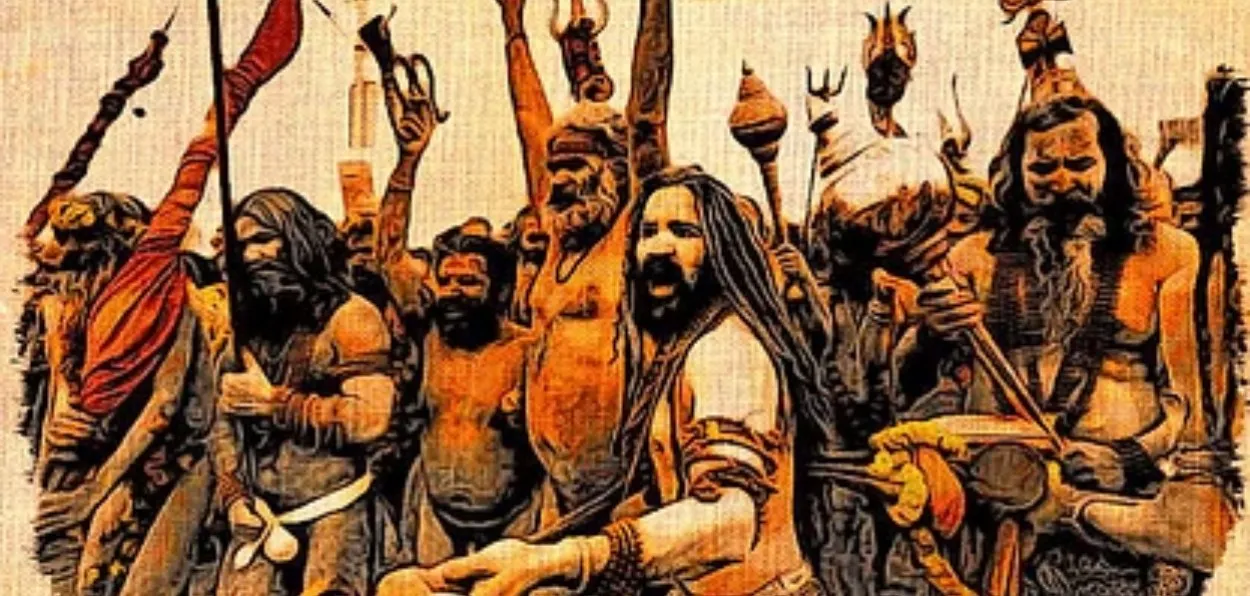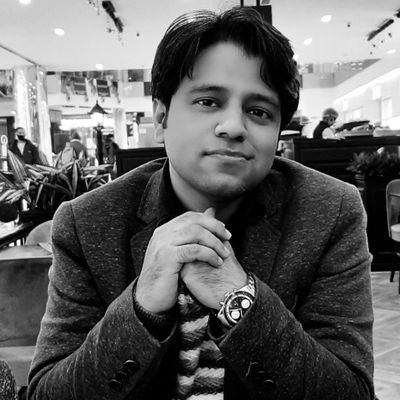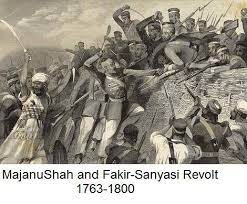
 Saquib Salim
Saquib Salim
If you believe that Sufis are non-violent and apolitical people with no interest in the social, political, and economic lives of people you need to revisit history. In the 21st century, Sufism has commonly become synonymous with Qawaalis, and spirituality. Not many know that Sufis have taken part in politics in times of turbulence.
The first Indian group to take up arms against British colonialism was of Sufis. Does it go with the perceived image of Sufis that within two years of the Battle of Plassey (1757) thousands of followers of Majnu Shah, a Madari Sufi mystic from Makanpur (U.P), started an armed resistance against the English East India Company? The resistance spread from Uttar Pradesh to present-day Bangladesh. Majnu Shah led the armed groups and collaborated with Hindu mystics, thus the movement came to be known as Faqir-Sanyasi Rebellion in colonial records.
Majnu Shah was assisted by other Sufis like Hamiduddin, Musa Shah (who headed the movement after the death of Majnu in 1787), Pharagul Shah, Chiragh Shah, Sobhan Shah, etc. They used rockets, rifles, swords, and other traditional weapons in guerilla wars against the British. Several officials of the English East India Company were killed by them till 1800. After that, the movement changed its course.
At the end of the 18th century, Marathas were fighting against the English. Interestingly at this time, Marathas were also taking over power from Mughal rulers. Sufi mystics started joining these Maratha forces. Several others also joined Tipu Sultan, who was also fighting the British. Apart from that, Sufis took to public entertainment to preach anti-English feelings among the Indian sepoys of the English East India Company.
After Tipu was defeated, Marathas lost interest in continuing the war. Sufis like Nabi Shah and Sheikh Adam, who were formerly with Tipu, led Indian sepoys in the Vellore mutiny of 1806. The preachings of Sufis motivated the rebels; they also provided leadership to the revolt.
Ahmadullah Shah was a Sufi active in this region at the time. He and several others shifted their base from South India to the North. Ahmadullah Shah, according to Veer Savarkar, was one of the main leaders and planners of the First War of National Independence in 1857. He was considered to be a great general of warriors and led Indians to several victories before getting killed by an Indian Raja treacherously for a huge reward from the English.

Sufis also joined Rani of Jhansi. The artillery of Jhansi, which created havoc in the English camp, was commanded by Sufi mystics. According to an English report, “The Chief of the Rebel Artillery was a first-rate Artillery man; he had under him two Companies of Golundauze. How the Rebels served their guns, repaired their defenses, and reopened fire from Batteries and guns repeatedly shut up, was remarkable. From some Batteries, they returned shot for shot. The women were seen working in the Batteries and canning ammunition: The garden Battery was fought under the black flag of the Fakeers.”
Somewhere else in Delhi, it was another famous Sufi thinker, Allama Fazl e Haq Khairabadi, whose Fatwa-i-Jihad brought masses into the revolt against the British. He was the man who drafted the constitution for Bahadur Shah Zafar-led Indian Empire where cow slaughter was banned and other communal issues were dealt with.
The first man to give a call for complete non-cooperation with the British and to kick them out of India was another Sufi scholar Shah Abdul Aziz. His 1803 fatwa acted as a leading light for Muslim Ulema during the freedom struggle. His disciple Syed Ahmad Shaheed led an army in collaboration with Holkars against the British.
Haji Imdadullah Muhajir Makki, a successor of Shah Waliullah and Shah Abdul Aziz, led an army in Shamli and Muzaffarnagar during the revolt in 1857. He successfully liberated Shamli for a few months and constituted a nationalist government there.
In the later period, one finds Sufis from Sindh playing an important role in the Indian freedom struggle. Pir Jhandewala Rashidullah was one of the most important plotters of the Silk Letter Movement during the First World War. The movement formed a nationalist government in exile headed by Raja Mahendra Pratap, Maulana Ubaidullah Sindhi, and Barkatullah.
Mir Mahbub, a younger brother of Pir Jhandewala, was the first to get arrested in the movement after the Jallianwala Bagh Massacre. He was charged with inciting people against the British government.
Mahatma Gandhi after returning to India paid a visit to the Pir of Luwari in Sindh. Where he was offered assistance. The British believed that Pir asked him to launch a boycott and non-cooperation movement.
In the late 1930s, the Pir of Pagaro raised an army of thousands to fight the British. Netaji Subhas Chandra Bose, Germany, and Italy had close contact with him. He was later captured and killed on gallows in 1943. His followers did not put down their arms till 1946.
At the same time in Waziristan Faqir of Ipi was also fighting against the British with his army. Milan Hauner writes, “(Subhas Chandra) Bose indeed assigned the Tribal Territory an important role to play in his comprehensive 'Plan for Cooperation Between the Axis Powers and India', which he submitted immediately after he arrived in Berlin. Isolated attacks, such as those carried out by the Faqir of Ipi, were to become part of an ambitious scheme to combine propaganda and subversion against the British Empire at its most vulnerable spot.”
Could Dargah at Ajmer remain behind in our freedom struggle? No. A British intelligence report in 1922 noted, "The Dargah (Ajmer Sharif) is undoubtedly a danger-center….the sedition is more or less confined to the Dargah and that it is very difficult to get evidence of what goes on there." Annual Urs were used to preach nationalism and in the 1920s its caretakers formed an armed group to fight against the British forces.
We should not forget that Bahadur Shah Zafar was a Sufi with full devotion to Chishti silsila and Tipu Sultan had a Sufi spiritual teacher from Madaris.
ALSO READ: How Pak terrorist Mast Gul tried to annihilate Sufism in Kashmir and failed
Sufis do lead people in times of political crisis and their leadership can be in the battlefield as well.
